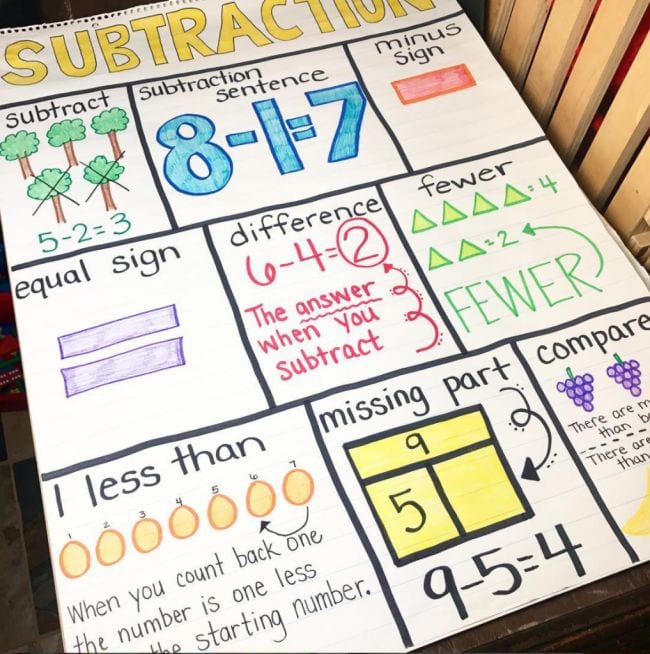Subtraction is a fundamental mathematical operation that is taught early in childhood education. It is crucial for developing numerical literacy and problem-solving skills. Having the right teaching resources can make learning this concept more accessible and enjoyable for students.
When looking for subtraction teaching resources, consider materials that engage different learning styles. Visual learners may benefit from colorful charts and diagrams that show subtraction in action. Kinesthetic learners, on the other hand, may find hands-on tools like manipulatives or interactive games more effective.
Here are some valuable subtraction teaching resources to consider:
1. Subtraction Flashcards: Flashcards are a great way to practice and reinforce subtraction skills. They can be used in a variety of ways, including individual practice or group activities.
2. Worksheets and Printables: Customizable worksheets that vary in difficulty are incredibly useful for practicing subtraction. They should include problems that range from basic single-digit subtraction to more complex multi-step problems.
3. Interactive Whiteboard Resources: Digital tools that can be used on interactive whiteboards are fantastic for whole-class lessons on subtraction. These might include virtual manipulatives or interactive games.
4. Math Manipulatives: Physical objects such as counters or number lines help students visualize the subtractive process and can be particularly helpful for tactile learners.
5. Educational Software and Apps: Engaging software and applications that include subtraction exercises can make learning fun and interactive. Look for ones with different levels of difficulty to cater to all learners.
6. Subtraction Games: Board games, card games, or any game format focusing on subtraction can turn learning into an exciting challenge. This makes it easier to grasp abstract concepts.
7. Instructional Videos: Short clips explaining subtraction concepts or showing step-by-step solutions can be extremely helpful, especially for visual and auditory learners.
8. Storybooks with Math Themes: Children’s books that incorporate math problems into their narrative can help students see the practical use of subtraction in real-life contexts.
When teaching subtraction, it’s also important to include strategies such as counting back, using doubles, and understanding the relationship between addition and subtraction (fact families). Furthermore, encourage mental math strategies for quicker problem solving.
In conclusion, a diverse range of subtraction teaching resources can cater to different learning needs and help demystify this essential mathematical operation for young learners. By incorporating a mix of traditional and digital resources into your teaching strategies, you can create an engaging environment that promotes successful learning outcomes.





